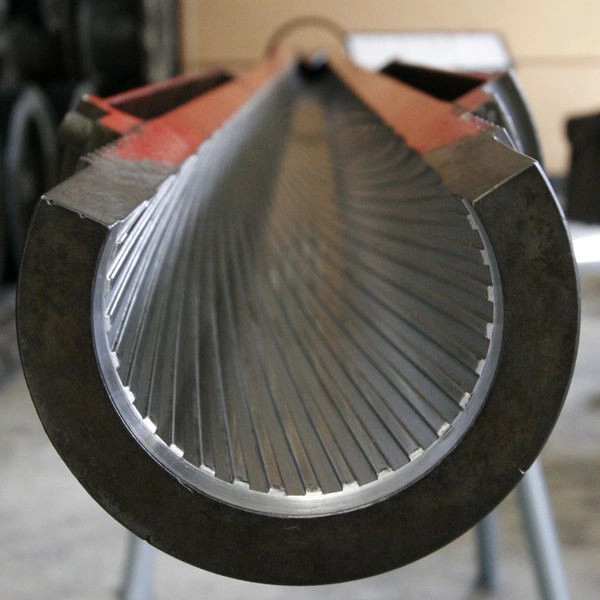It is very easy to get wrapped up in the minutia of long-range shooting ballistics. The insider’s joke is that most shots are missed only because the shooter didn’t account for spindrift, aerodynamic jump, Coriolis or some other factor that really doesn’t account for much until you start getting to 1k. However, the wind kicks your arse at much closer ranges. After the fundamentals are down pact, the wind is the next thing you need to be focusing on – and quickly getting to a wind call is a key skill in not only being accurate – but efficient when it comes to field shooting.
If only there was a simple way to quickly get a ‘close-enough wind call to use.
Well. Funnily enough – there is.
What is this witchcraft?
If you listen to many podcasts within the shooting community, you quickly get to hear the phrase ‘gun number’ – often though, it’s just thrown into a conversation and followed by a pile of numbers that don’t make a lot of sense to the uninitiated.
For a long time, the numbers didn’t make sense to me either – I was actively trying to figure out what they meant – even reading multiple articles on the subject – but – it wasn’t until recently that it actually clicked – and then it really seemed easy.
So – this isn’t any groundbreaking information in the article – but – it might be presented in the wright way for it to actually make sense to you, like it finally does to me.
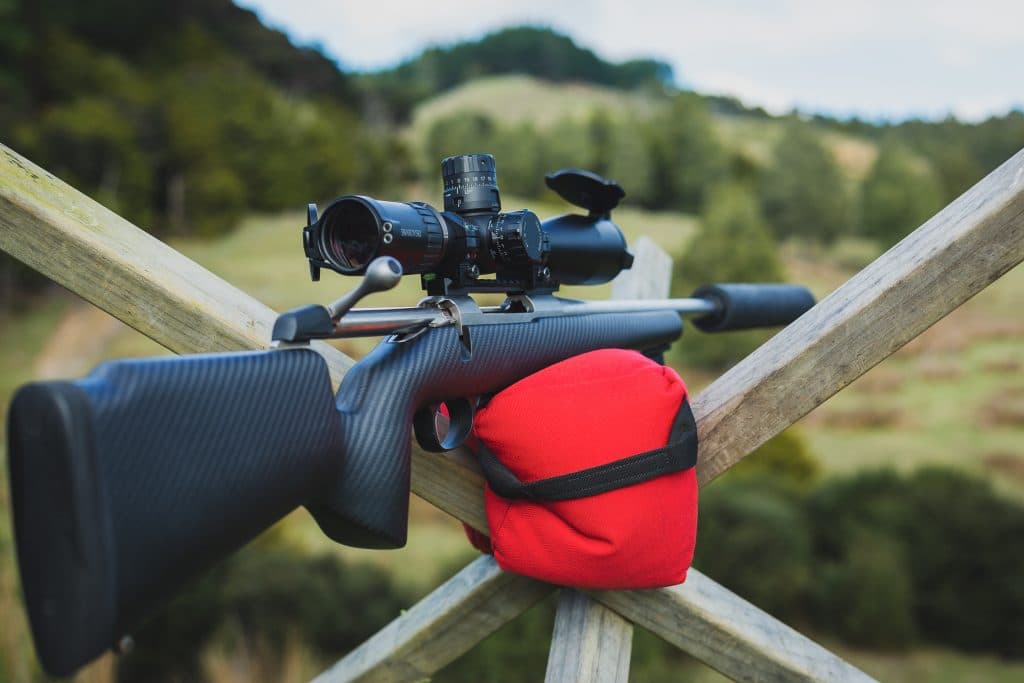
Thomas Haugland and simplifying things
For the longest time, I was listening to online conversations and thinking that people should just go back and keep things simple – much like Thomas (THLR) has done for much of his training and videos online. If you don’t know his stuff – stop – right now – and go purchase and watch his series of videos here – https://vimeo.com/ondemand/37429 – don’t worry. I will wait.
Back? Good. So – Thomas has always worked hard on the philosophy of keeping things simple – writing things down and looking for patterns.
So – if you never have – before we go much further – write out your wind calls on a piece of paper and have a decent look at them. I suggest you do them over a light, medium and heavy wind – whatever that might mean to you and see if there is any consistency.
In Thomas’s videos – he then breaks down what you are looking at and guides you on finding a pattern and therefore rule regarding your wind calls.
In my recent realisation, I saw that the gun number is simply a structure and defined methodology of the same.
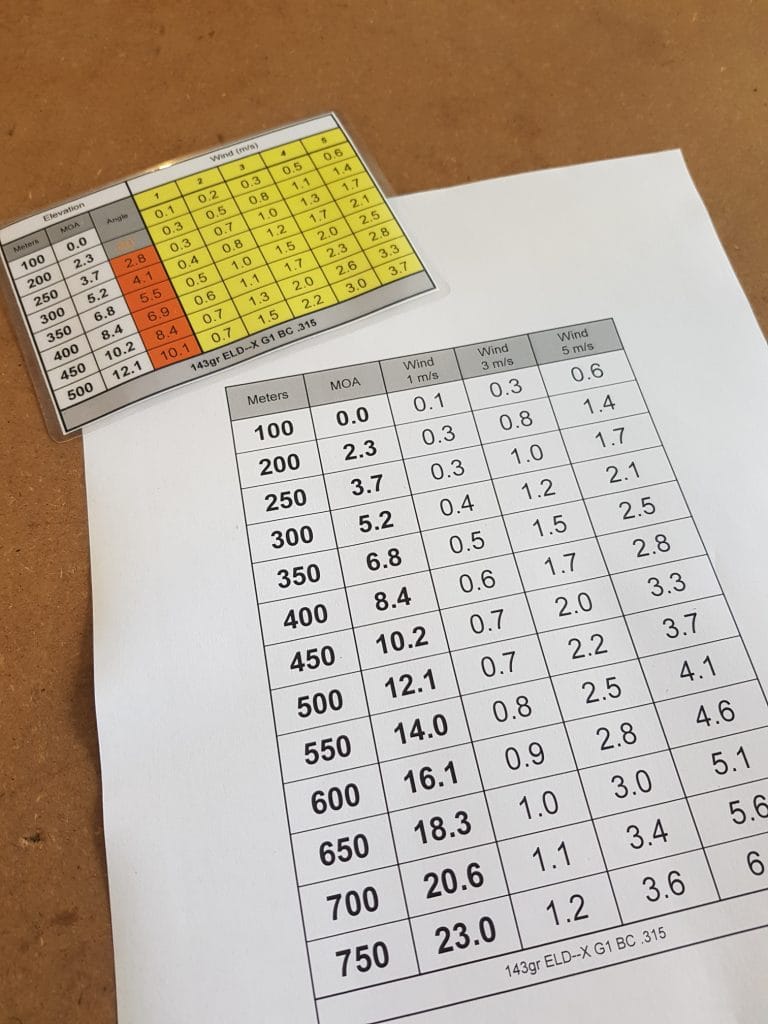
Calculating your gun number
Ok. So enough pre-ample – how do you calculate your gun number?
Well. If you have a Kestrel with the Accuracy First Menu in it – just hit a single button and it does it for you. Simple!
If you don’t – well – no problem – just break out your ballistic calculator of choice and load up the profile of your rifle. If you haven’t done that already, then it is time to stop, head off and do some homework and come back when you have some data on your gun. At a bare minimum, you are going to need the BC of your projectile and the velocity it comes out of the end of the barrel at.
So. Now, inside your calculator – I want you to increase or decrease the full value wind speed you have in there (full value meaning, wind direction coming from 3 or 9 o’clock) until the correction value in MILS (yes, you really, really should be using MILS at this point for this stuff) is .1 MIL for every hundred meters of distance (oh how I love metric!). Feel free to round up to .1 decimal or, again, whatever makes sense to you. If your app doesn’t actually give you a granular enough result – use a different app!
If you want to shortcut this process – just start at 500m and adjust the wind speed until you get .5 MIL as the required adjustment. The chart should then make sense up and down from there.
Yes. This works in mph or m/s – but – with m/s the numbers can get a little rounded a bit quick. It still works though.
| Distance (meters) | Correction (MILS) | Rounded Value | ‘Error’ |
| 100m | .08 | .1 | .02 |
| 200m | .19 | .2 | .01 |
| 300m | .31 | .3 | .01 |
| 400m | .43 | .4 | .03 |
| 500m | .56 | .5 | .06 |
| 600m | .71 | .7 | .01 |
| 700m | .86 | .9 | .04 |
| 800m | 1.03 | 1 | .03 |
Then stop. Grab a cup of tea and have a look at that chart for a bit. See a pattern?
So – at 2.5 m/s (5.6mph) – my rifle needs a wind correction that is simply .1 MIL for each ‘hundredths of the range I am shooting at. Expressed another way – If I take the range I am shooting at, divide that by 1000 and I get my wind hold in MILS. If I worked in mph that is what I would call a 6 mph gun. I have just calculated my gun number.
500m/1000=.1MILS
In my rifles case – this works bang on (less than .1 MIL deviation) until 600 meters – and at that point, I add .1 and beyond that .2 – though – a field target at 600meters is likely to be at least 2 MOA, which is (roughly) .6 MIL – so I could just ignore the change at 600m and then just start adding .2 at 700m.
If I was shooting at an animal at 600 meters – with a kill zone of ‘6 inches’ – that is .3 MILS – so workable – but – remember – you don’t shoot perfectly – and at that distance, on a live target – it’s time to slow things right down and get things bang on.
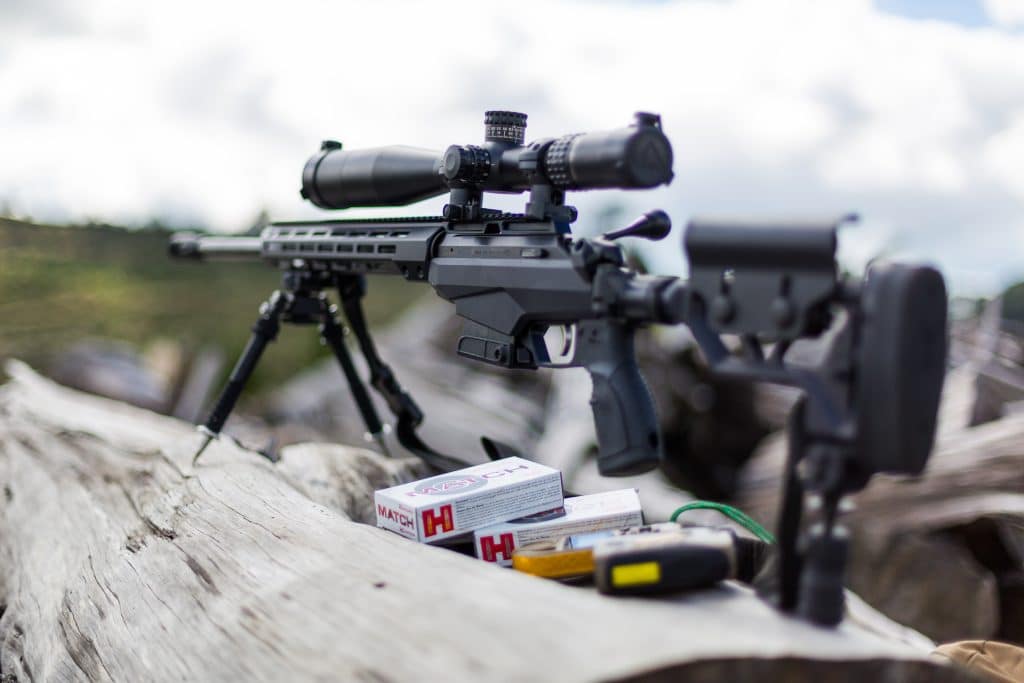
In Use
Ok, you so, that is cool if I have wind of 2.5 m/s (5.6mph) – but – in the likely case you don’t – what now? Still simple.
Say I have a 6 m/s wind coming in from 1:30 o’clock – that’s 45deg or ‘quartering’. Despite what some people might think – that isn’t a 50% wind call – it’s actually 70% (maths!) – which I tend to round up to 75% for field speed efficiency.
That gives me an ‘effective’ speed of 4.5 m/s – if I know my 2.5 m/s speed – then I can double it (again, quick maths is fine) – which gives me .2 MIL at 100m and so.
Shooting to 500m? My 2.5 m/s call is .5 MIL, so my doubled call is 1 MIL.
If I calculate that in my Kestrel – I get an ‘actual’ call of .94 MIL.
That is a .06 MIL difference using a system I can work out in my head faster than the Kestrel takes to boot up.
Think about that.
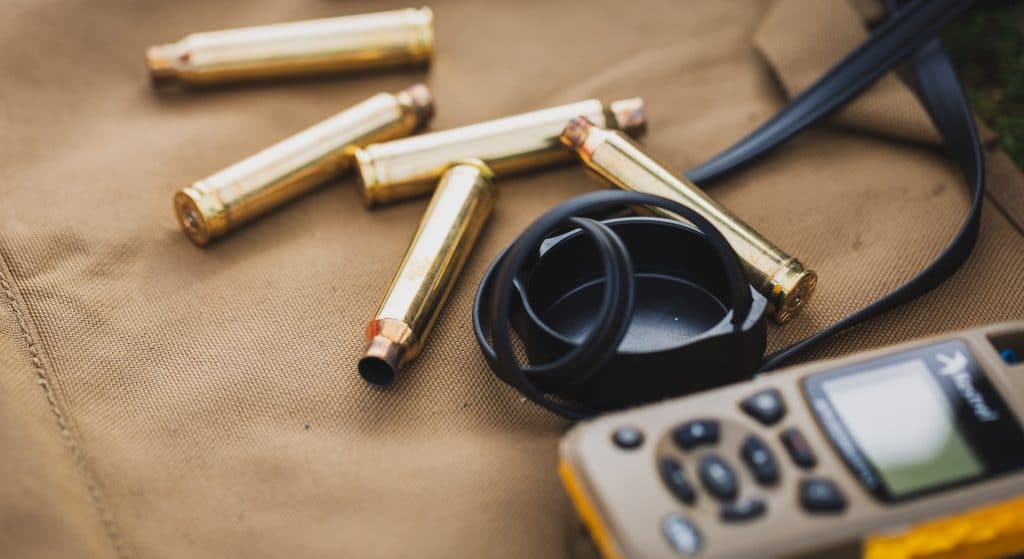
Dont get too wrapped up in the maths
The point of a lot of this – is to also point out – the maths is close enough out to around 600/700 meters. For the time someone could be punching inputs into a calculator – or – even reading off rows and columns on a chart – you could have done the solution in your head – spent more time getting into a good position and focusing on fundamentals, broken that shot, and already have a real-world correction in place for your next round.
And that, my friends, is the beauty of this system.
But I don’t have a ballistic calculator.
Say what?
Ok. Hypothetically, you don’t have a phone or access to the internet – so you can’t use any of the free calculators available to you (how are you reading this?) – but – you do have access to a 500-meter target (rough for some).
If you know the G1 BC of your projectile – and are working in mph – then the first number of the G1 BC is actually normally bang on. As it happens.
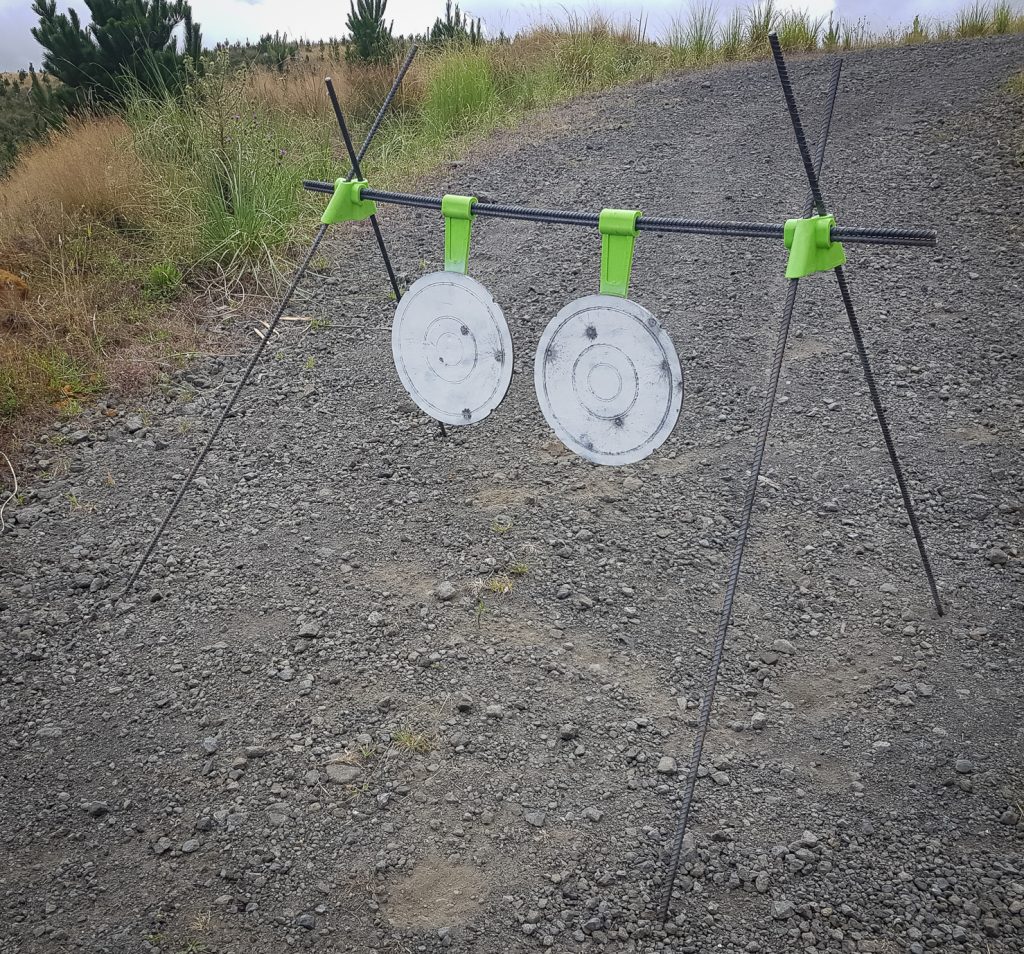
Still confused?
Get in touch. We have courses coming up where we can take you through this process, step by step – and test them to distance. If we set up a rifle for you and do a ballistic chart – then we can also supply your gun number.


